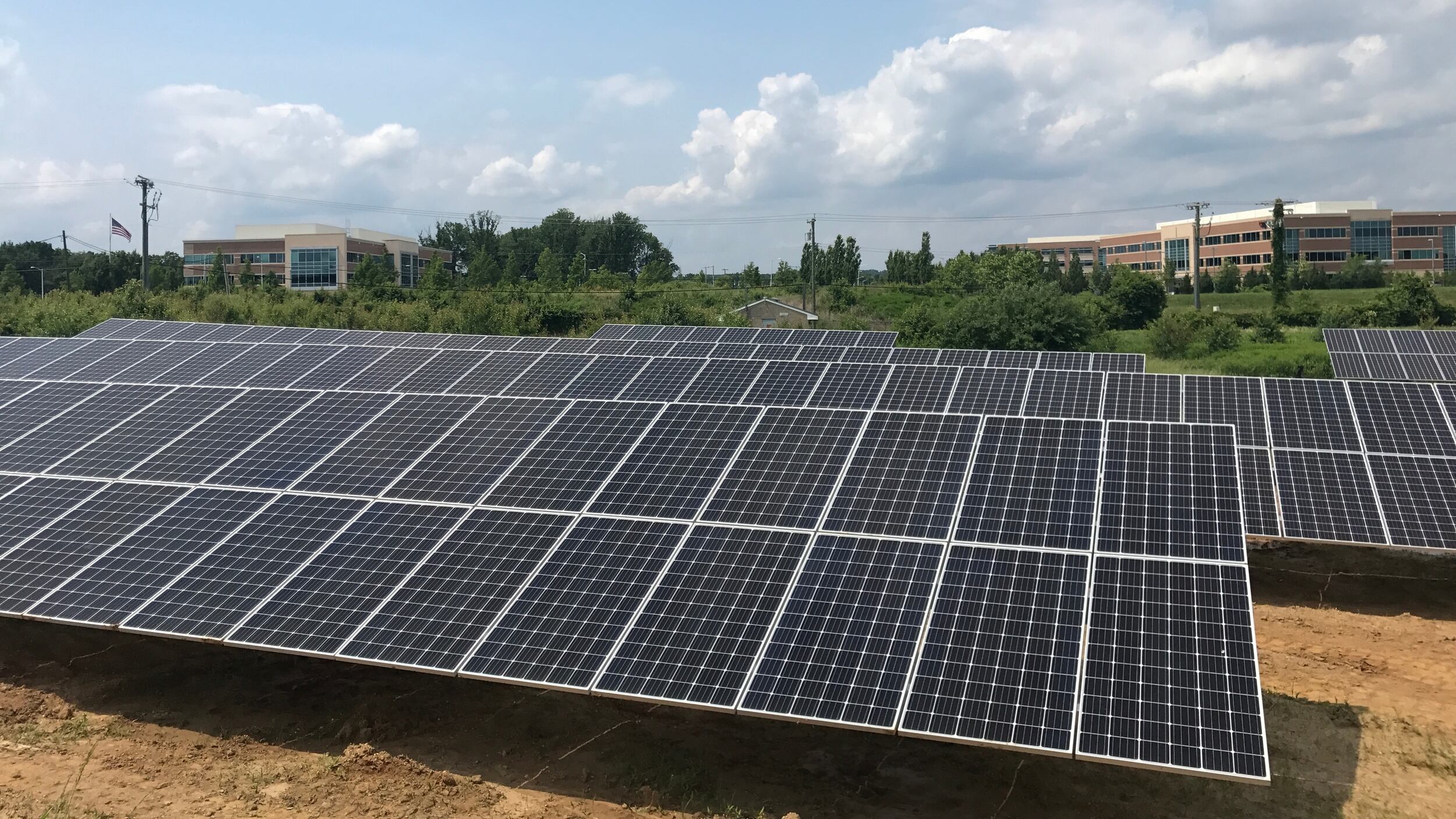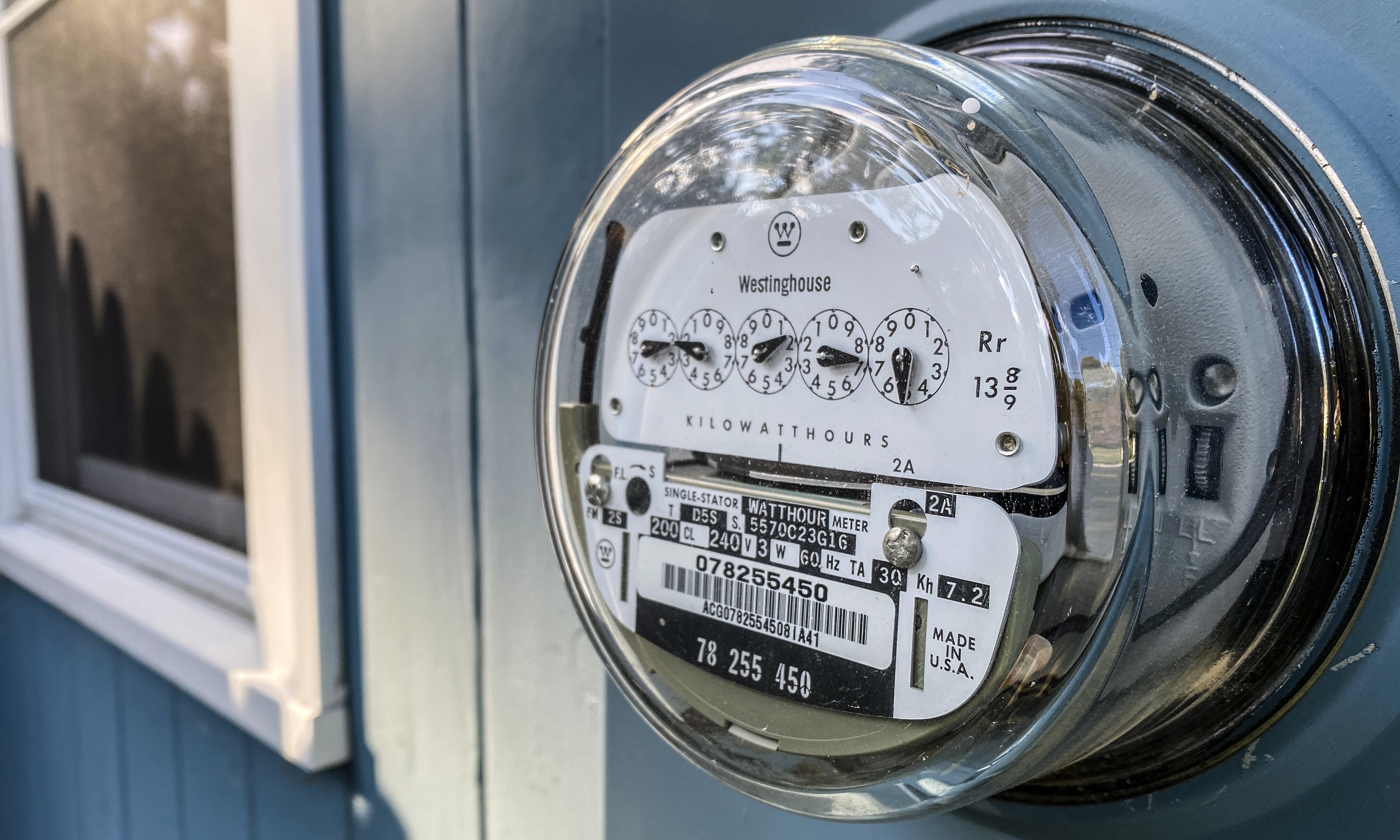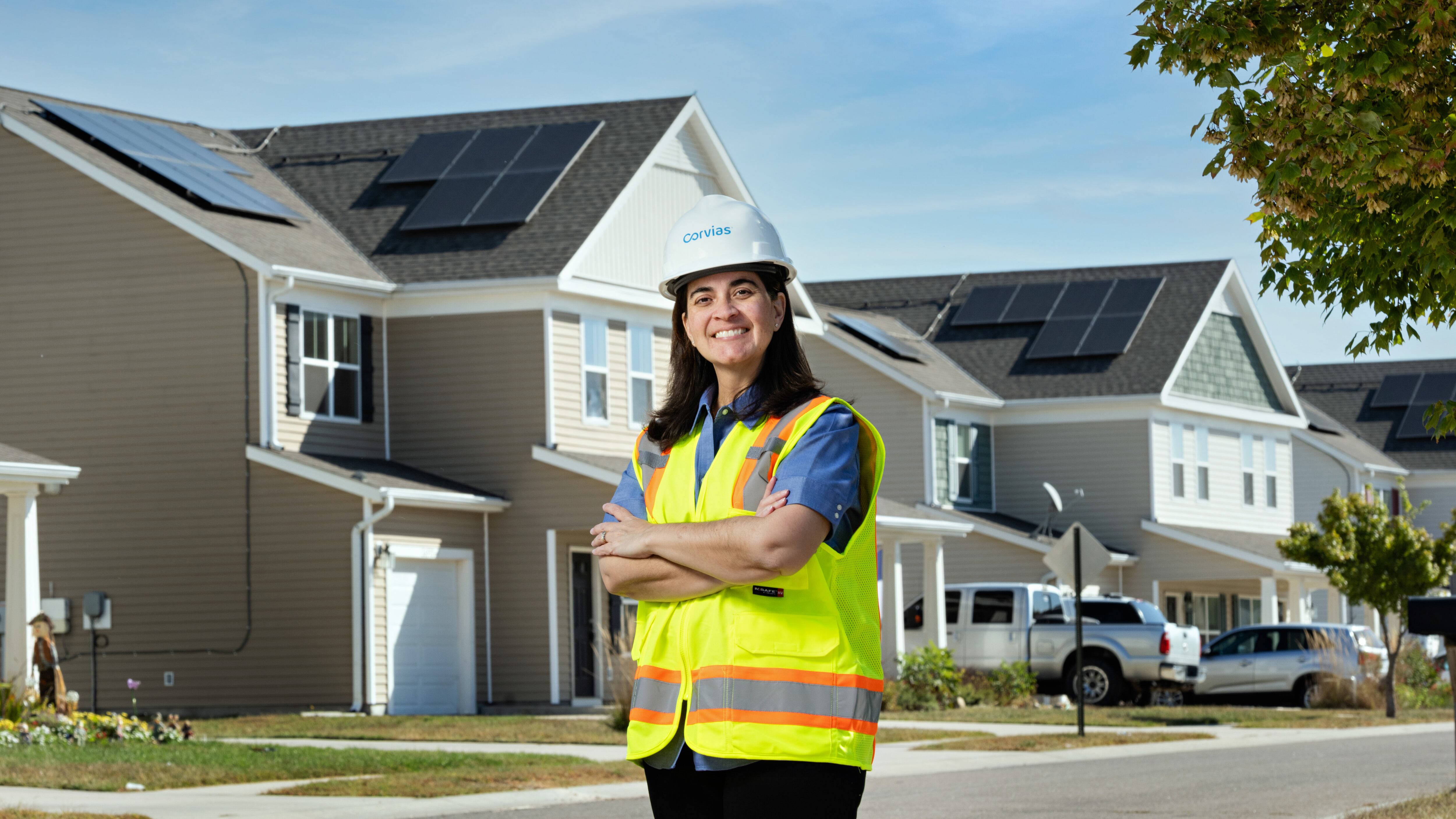According to Lloyd J. Austin III, Secretary of Defense, climate change is a destabilizing force, demanding new missions of us and altering the operational environment. To mitigate the substantial risks climate change poses to national security, the U.S. Army is collaborating with experts from the private sector to achieve near-term goals for reducing the agency’s carbon footprint and energy dependence. Corvias, a trusted long-term solutions and base housing provider, has collaborated with the DoD on various solar projects at key military installations to enhance climate resilience and contribute to the Army’s objective of converting to 100 percent carbon pollution-free electricity by 2030.
At Corvias-managed housing communities, the capital improvement strategy focuses on implementing sustainable and energy-efficient features in military housing and is estimated to yield $240M in future utility savings over 30 years across its installations. With a focus on energy efficiency, water efficiency and sustainable design practices, Corvias has established itself as the partner of choice to improve military housing and increase resiliency of its communities.
The demand is expected to grow. By 2035, the Army plans to install microgrids on all installations to improve power reliability and decrease grid disturbances. By 2040, the goal is to achieve on-site, carbon pollution-free electricity (CFE) generation for critical missions. For more than two decades, Corvias has partnered with the Army, helping to reduce energy and water consumption as well as the dependence on energy grids.

Corvias has already delivered 28MW of rooftop and ground mount solar across three installations, and an additional phase of 6MW will be completed by the end of the year for a total of 34MW of operational solar energy. Supporting new opportunities and helping achieve resiliency goals, Corvias, in partnership with the Army, has five additional projects in development that will add 55MW+ of renewable energy.
“Corvias shares the DoD’s commitment to a resilient and sustainable future,” said Pablo Varela who leads renewable energy and utilities management for Corvias. “We’ve been doing this a long time and are able to apply our proven approach to multiply and grow the program for the U.S. Army.”
Corvias’ multi-phase approach, in collaboration with the Office of the Deputy Assistant Secretary of the Army for Energy and Sustainability and alignment with the U.S. Army Climate Strategy, includes asset optimization and efficiency, renewable energy generation and microgrid readiness – another milestone in achieving net-zero greenhouse gas emissions by 2045 for the Army. The Corvias-Fort Meade projects in Maryland provide an example of significant progress towards meeting this target. Currently, solar panels have been installed on nearly 60 percent of the more than 2,800 on-base houses at Fort Meade.

Energy-efficient and reliable power is essential not only for mission-critical facilities in an emergency or training operation, but for the many families that live on-post with an active duty family member. Currently, the company is collaborating with the Army and local utility company to install an additional 6MW+ of solar energy, for a total of 20MW+ supporting Fort Meade Communities. This extensive plan will produce renewable energy that will supply the local power grid as well as provide resiliency to Fort Meade itself, should the regional power grid shut down.

Other installations receiving energy upgrades resulting from Corvias’ partnership with the U.S. Army include Fort Riley and Aberdeen Proving Ground. Fort Riley is in the third phase of a multi-phase solar energy program that is one of the largest solar programs in the state of Kansas. When finished, it will power more than 40% of on-base houses. The project will also be microgrid-ready, securing energy needs for housing as well as critical installation facilities. In Maryland, Aberdeen Proving Ground was the recipient of one of the first Corvias solar projects where rooftop and ground mount solar panels were installed over the course of several years. Currently, Corvias has 7.1MW of operational sustainable energy, with opportunity to grow, at that location.




